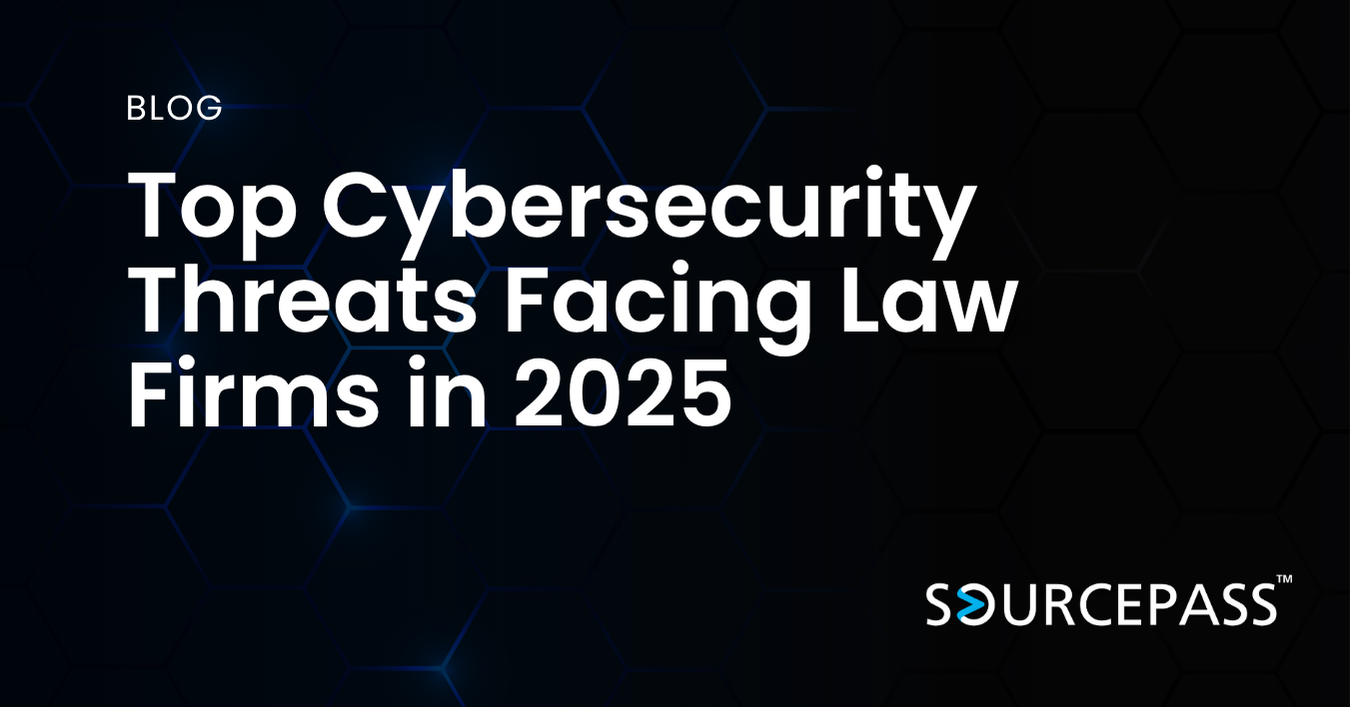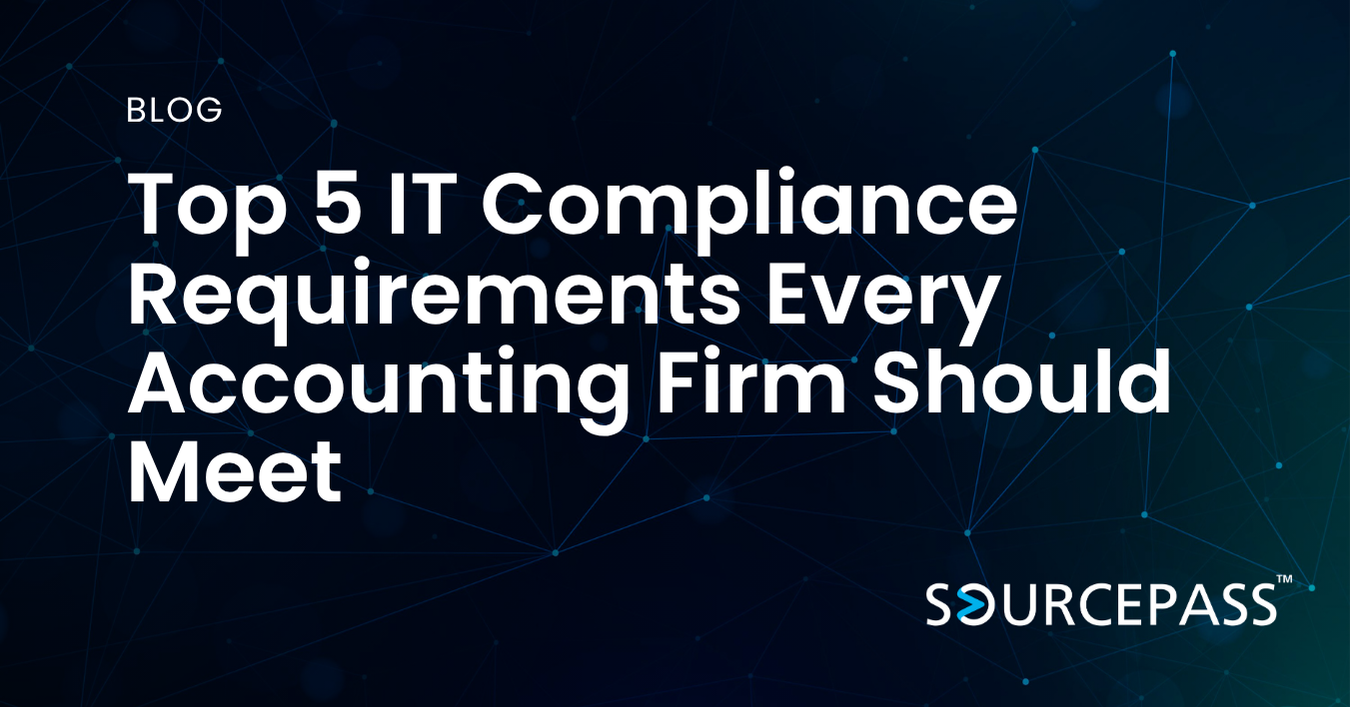Top Cybersecurity Threats Facing Law Firms in 2025
Jun 04, 2025 Alex Davis Industry - Legal | Security & Compliance 3 min read



Law firms are increasingly becoming high-value targets for cybercriminals. In 2025, the cybersecurity landscape continues to evolve, and legal organizations must stay vigilant to protect their clients, intellectual property, and privileged communications.
With vast amounts of sensitive information under their care, the consequences of a breach can be catastrophic—from legal liability and reputational damage to operational disruption and client loss.
Top Cybersecurity Threats for Law Firms in 2025
In this article, we’ll explore the top law firm cybersecurity threats in 2025 and the necessary steps to strengthen legal IT security and ensure data protection in law practices.
1. Phishing and Business Email Compromise (BEC)
Phishing remains one of the most effective attack methods, and law firms are prime targets. In 2025, phishing attacks have grown more sophisticated, using generative AI to mimic real client and staff communications.
Business Email Compromise (BEC) scams are particularly damaging, as attackers often impersonate managing partners or clients to divert wire transfers or request sensitive documents. These attacks can bypass basic security filters and exploit human error.
Mitigation strategies:
- Implement multi-factor authentication (MFA)
- Use advanced email filtering and threat detection
- Train employees to recognize social engineering attempts
- Regularly test staff with simulated phishing campaigns
2. Ransomware Attacks
Ransomware continues to be a critical threat to law firm cybersecurity. Attackers often encrypt case files, email archives, and court records, halting operations until a ransom is paid. In 2025, ransomware groups are targeting law firms based on their size, clientele, or involvement in high-profile litigation.
Given that many firms handle mergers, intellectual property, or sensitive criminal defense cases, the pressure to pay is often immense.
Risk reduction measures:
- Maintain offline and cloud-based backups
- Segment the network to contain breaches
- Use endpoint detection and response (EDR) tools
- Develop and regularly test an incident response plan
3. Insider Threats and Privilege Misuse
Law firms must also contend with insider threats, including both malicious actors and negligent staff. Paralegals, associates, and administrative employees often have access to confidential files and emails. Without strict access controls, the risk of data leakage—intentional or accidental—remains high.
Best practices for data protection in law:
- Implement role-based access controls (RBAC)
- Log and audit access to case files and client data
- Conduct background checks on new hires and vendors
- Provide ongoing security training tailored to different roles
4. Insecure Remote Access and BYOD Policies
Remote and hybrid work remain standard across the legal industry. However, unsecured personal devices, home Wi-Fi networks, and weak Bring Your Own Device (BYOD) policies have opened new vulnerabilities for cybercriminals.
To secure remote access:
- Require VPN access for external connections
- Enforce mobile device management (MDM) policies
- Prohibit data storage on personal laptops or phones
- Use secure virtual desktop infrastructure (VDI) when possible
5. Poorly Managed Cloud Services and SaaS Apps
Many law firms have adopted cloud-based tools for document management, e-discovery, billing, and communication. While these platforms improve efficiency, they can also introduce risks if misconfigured or unmanaged.
Unsecured file shares, weak API connections, and unused accounts are common vulnerabilities in cloud environments.
Legal IT security cloud guidelines:
- Vet all cloud vendors for compliance with industry standards (e.g., ISO 27001, SOC 2)
- Configure access permissions carefully
- Use encryption for all stored and transmitted data
- Regularly audit cloud use and remove inactive accounts
6. Outdated Software and Legacy Systems
Many law firms still rely on legacy practice management tools or outdated versions of Microsoft Office and Windows. Unsupported systems lack critical security patches, making them an easy entry point for attackers.
To modernize IT security:
- Inventory all software assets and decommission outdated systems
- Prioritize regular patching and updates
- Consider transitioning to cloud-based or SaaS legal software with ongoing support
7. Regulatory Non-Compliance and Legal Ethics Risks
Cybersecurity is not just about protecting systems—it’s a matter of ethical responsibility. In 2025, legal industry regulators are imposing stricter compliance requirements related to client confidentiality and data security.
Firms must understand and comply with obligations under:
- ABA Formal Opinion 483 (Lawyers’ Obligations After a Data Breach)
- State Bar cybersecurity guidelines
- Data privacy laws such as the GDPR, CCPA, and others
Failure to comply may result in disbarment, fines, or civil litigation.
Strengthening Legal IT Security in 2025
The legal industry is a prime target due to the value of the information it holds. Proactively addressing threats with a comprehensive IT security strategy is essential. This includes:
- Conducting annual cybersecurity risk assessments
- Investing in cybersecurity insurance
- Implementing a formal data protection and retention policy
- Partnering with IT security providers that specialize in legal practices
Let Sourcepass Experts Guide the Way
Cybersecurity is no longer just an IT concern—it's a business imperative for law firms. With increasing threats to client confidentiality and operational continuity, strengthening your firm’s legal IT security is vital in 2025. Prioritize law firm cybersecurity by adopting robust technologies, training staff, and maintaining compliance to ensure long-term protection and trust.
Looking to enhance your law firm's cybersecurity strategy? Contact us today to schedule a consultation tailored to the legal industry.
Subscribe To
Sourcepass Insights
Sourcepass Insights
Stay in the loop and never miss out on the latest updates by subscribing to our newsletter today!
.png?width=500&height=100&name=White%20Logo%20-%20Transparent%20Tag%20(3).png)




